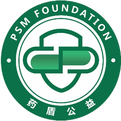Author: Shenzhen Baoan Pure Traditional Chinese Medicine Treatment Hospital, Jin Yuanjun, Mei Quanxi
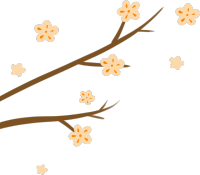 Mei Quanxi Column
Mei Quanxi Column
Ben
Cao
Gang
Mu


Volume Fifteen of the Herb Section
Tianmingjing Treating Toothache

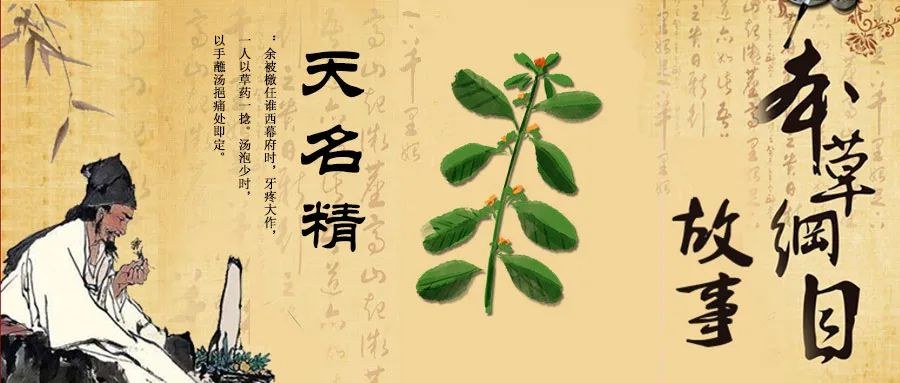
Zhu Ruizhang’s Collected Recipes: When I was appointed to the Huai West government, I suffered from severe toothache. A person used a pinch of herbs. After soaking in hot water for a while, he applied the liquid to the painful area with his finger, and the pain was immediately relieved. I asked for the recipe, and many people were effectively treated with it, which turned out to be the herb known as Di Song Cao (Earth Atractylodes). Common people mistakenly refer to it as Di Cong (Earth Onion).
Volume Fifteen of the Herb Section of the Compendium of Materia MedicaTianmingjing “Discovery”.
According to Yi Yuan, during the Song Yuanjia period, Liu Huashe from Qingzhou shot a deer, opened its five organs and stuffed them with grass, and it suddenly jumped up. Liu was surprised and pulled out the grass, and the deer fell down. This happened three times. Liu then carefully recorded this grass species, which is effective for fractures and injuries, and thus named it. Since it is used to treat deer, it is elegantly associated with the deer.
Volume Fifteen of the Herb Section of the Compendium of Materia MedicaTianmingjing “Explanation of Name”.
1
The Story of Tianmingjing Treating Toothache

 Regarding Tianmingjing’s treatment of toothache, the Compendium of Materia Medica records the following story:During the Song Dynasty, the famous physician Zhu Ruizhang, while serving as an administrative official in Huai West, often suffered from sudden toothaches due to irregular lifestyle and frequent consumption of spicy foods. As the saying goes: toothache is not a disease, but it can be deadly when it hurts. Unable to bear the pain, he sought help from a doctor. The doctor carefully examined the condition of his teeth and directly took a handful of herbs, soaked them in hot water for a while, and then applied the liquid to the painful area with his finger. After a while, the pain disappeared. This medicine was so effective that Zhu inquired about it and learned that it was the herb “Tianmingjing”. Later, Zhu Ruizhang used this medicine to treat many people’s toothaches and included this example in his compiled work “Collected Recipes”. In modern medical terms, Tianmingjing contains Tianmingjing lactone and Tianmingjing ketone, which have significant effects on the central nervous system, causing temporary excitation followed by inhibition, leading to muscle relaxation and an anesthetic state, thus providing good analgesic effects.The Compendium of Materia Medica also introduces some recipes for treating toothache. One can use a fruit of He Shi (the fruit of Tianmingjing) placed in the gap of the teeth to treat toothache; one can also boil He Shi with rice vinegar to use as a mouthwash for treating toothache; or boil Fang Feng (Siler) and He Shi together, hold the liquid in the mouth as a mouthwash to treat toothache.
Regarding Tianmingjing’s treatment of toothache, the Compendium of Materia Medica records the following story:During the Song Dynasty, the famous physician Zhu Ruizhang, while serving as an administrative official in Huai West, often suffered from sudden toothaches due to irregular lifestyle and frequent consumption of spicy foods. As the saying goes: toothache is not a disease, but it can be deadly when it hurts. Unable to bear the pain, he sought help from a doctor. The doctor carefully examined the condition of his teeth and directly took a handful of herbs, soaked them in hot water for a while, and then applied the liquid to the painful area with his finger. After a while, the pain disappeared. This medicine was so effective that Zhu inquired about it and learned that it was the herb “Tianmingjing”. Later, Zhu Ruizhang used this medicine to treat many people’s toothaches and included this example in his compiled work “Collected Recipes”. In modern medical terms, Tianmingjing contains Tianmingjing lactone and Tianmingjing ketone, which have significant effects on the central nervous system, causing temporary excitation followed by inhibition, leading to muscle relaxation and an anesthetic state, thus providing good analgesic effects.The Compendium of Materia Medica also introduces some recipes for treating toothache. One can use a fruit of He Shi (the fruit of Tianmingjing) placed in the gap of the teeth to treat toothache; one can also boil He Shi with rice vinegar to use as a mouthwash for treating toothache; or boil Fang Feng (Siler) and He Shi together, hold the liquid in the mouth as a mouthwash to treat toothache.
2
The Naming of Tianmingjing

 Tianmingjing is the whole herb of the plant Tianmingjing (Tianmingjing) from the Asteraceae family. Other names include: Yumenjing (Jade Gate Essence), Chan Chuan Lan (Toad Orchid), Di Song (Earth Atractylodes), Kui Song (Sunflower), Lu Huo Cao (Deer Grass), He Shi Cao (Crane’s Hair Grass), Tu Niu Xi (Earth Cow Knee), Lai Huo Tuo Cao (Toad Grass), and Chou Cao (Stinky Grass). According to the Dream Stream Notes, Di Song refers to Tianmingjing. People do not recognize Tianmingjing and mistakenly identify Di Song as Huo Lan (Fire Atractylodes). The Compendium also mentions He Shi, leading to confusion. It is noted that Di Song is indeed Tianmingjing, as its leaves resemble both Song (Atractylodes) and Manqing (Turnip), hence the two names. He Shi refers to its fruit. There are methods of using Huo Lan alone, which is actually using Di Song. Huo Lan, as mentioned in the Compendium, refers to the pig fat seedling, which later generations did not recognize, leading to its repeated mention. The herb is harvested from July to August, cleaned, and can be used fresh or dried. This herb is easy to collect and readily available, making it suitable for promotion. Tianmingjing was first recorded in the Shennong’s Classic of Materia Medica, classified as a superior herb, and has a long history of application.There is also a legendary story about its name:Once there was a hunter named Liu Hua from Qingzhou. One day while hunting in the mountains, he shot a deer, opened its belly, and removed its five organs to prepare for a meal. To prevent blood from flowing out, he stuffed some grass into the deer’s belly. Surprisingly, the deer gradually revived and jumped up. Liu was puzzled and quickly pulled out the grass, causing the deer to fall down. He repeated this three times. Liu thought: this grass must be a miraculous herb! Thus, the attentive Liu recorded this grass and cultivated it, using it to treat many patients with injuries, achieving unique and significant effects. Since the deer and the elk are similar, this grass was named “Lu Huo Cao” (Deer Grass). It is indeed “Tianmingjing”.
Tianmingjing is the whole herb of the plant Tianmingjing (Tianmingjing) from the Asteraceae family. Other names include: Yumenjing (Jade Gate Essence), Chan Chuan Lan (Toad Orchid), Di Song (Earth Atractylodes), Kui Song (Sunflower), Lu Huo Cao (Deer Grass), He Shi Cao (Crane’s Hair Grass), Tu Niu Xi (Earth Cow Knee), Lai Huo Tuo Cao (Toad Grass), and Chou Cao (Stinky Grass). According to the Dream Stream Notes, Di Song refers to Tianmingjing. People do not recognize Tianmingjing and mistakenly identify Di Song as Huo Lan (Fire Atractylodes). The Compendium also mentions He Shi, leading to confusion. It is noted that Di Song is indeed Tianmingjing, as its leaves resemble both Song (Atractylodes) and Manqing (Turnip), hence the two names. He Shi refers to its fruit. There are methods of using Huo Lan alone, which is actually using Di Song. Huo Lan, as mentioned in the Compendium, refers to the pig fat seedling, which later generations did not recognize, leading to its repeated mention. The herb is harvested from July to August, cleaned, and can be used fresh or dried. This herb is easy to collect and readily available, making it suitable for promotion. Tianmingjing was first recorded in the Shennong’s Classic of Materia Medica, classified as a superior herb, and has a long history of application.There is also a legendary story about its name:Once there was a hunter named Liu Hua from Qingzhou. One day while hunting in the mountains, he shot a deer, opened its belly, and removed its five organs to prepare for a meal. To prevent blood from flowing out, he stuffed some grass into the deer’s belly. Surprisingly, the deer gradually revived and jumped up. Liu was puzzled and quickly pulled out the grass, causing the deer to fall down. He repeated this three times. Liu thought: this grass must be a miraculous herb! Thus, the attentive Liu recorded this grass and cultivated it, using it to treat many patients with injuries, achieving unique and significant effects. Since the deer and the elk are similar, this grass was named “Lu Huo Cao” (Deer Grass). It is indeed “Tianmingjing”.

Tianmingjing Original Plant(Referenced from the Chinese Natural Plant Specimen Database)Tianmingjing grows in summer and autumn, resembling mint, with purple-white flowers and small leaves like Atractylodes, hence the leaf is called “Di Song”; its fragrance is similar to orchids, hence the name Chan Chuan Lan. It looks like a blue flower, hence the name Xia Ma Lan. The fruit resembles the seeds of Artemisia, which stick to clothes, especially fox fur. When fried, it becomes fragrant, hence the name He Shi (commonly referred to as “North Crane’s Hair”). The root is yellow-white, slightly shorter than Niu Xi (Cow Knee), hence the name Tu Niu Xi. The Compendium of Materia Medica states: Tianmingjing refers to both the root and the seedlings, while Di Song refers to its seedlings and leaves, and He Shi refers to its seeds. Its main functions are to expel phlegm, stop bleeding, kill insects, and detoxify. Therefore, it can be used to stop phlegm and treat toothache, and can also be used to treat snake bites.
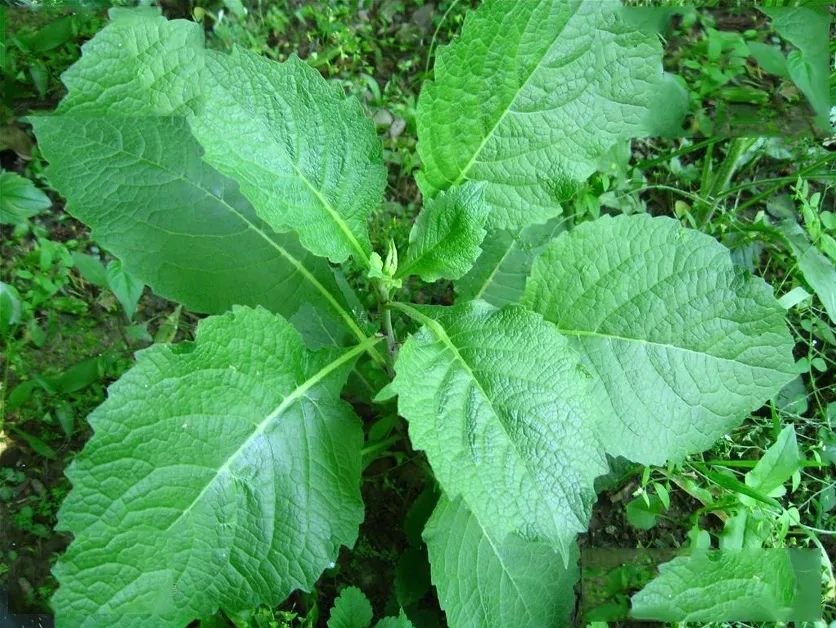
Tianmingjing Original Plant (Including Flower Buds)(Referenced from the Chinese Natural Plant Specimen Database)According to the famous botanist Zhao Yuhuang, the fruit of this species is the “North Crane’s Hair” sold in northern Chinese pharmacies, which is an important drug in the anti-parasitic formula, effective against ascariasis, pinworm disease, tapeworm disease, and abdominal pain caused by worms. The Hangzhou Herbal Plant Records state that it is a “powerful insecticide that can kill ascaris and tapeworms.” The whole herb is also used medicinally, with functions of clearing heat, detoxifying, expelling phlegm, and stopping bleeding. It is used to treat sore throat, tonsillitis, bronchitis; externally, it is used to treat traumatic bleeding, carbuncles, and snake bites.
In the market, there is also a type of “South Crane’s Hair”, which is the fruit of the wild carrot from the Apiaceae family. The 2020 edition of the Chinese Pharmacopoeia includes both types of “Crane’s Hair”, which have similar properties and functions, but their characteristics and chemical compositions are vastly different. The North Crane’s Hair is cylindrical, small, 3-4mm long, and less than 1mm in diameter. Its surface is yellow-brown or dark brown, with many longitudinal ridges. The top is tapered with a fine edge, and the tip expands into a gray-white ring; the base is slightly pointed with growth marks. The South Crane’s Hair is a double-samaras, oval-shaped, often split into separate fruits, with each fruit 3-4mm long and 1.5-2.5mm wide. Its surface is light green-brown or brown-yellow, with remnants of the flower stalk at the top, and the base is rounded, with four narrow wing-like ridges on the back, densely covered with a row of yellow-white hooks, each about 1.5mm long. The depressions between the ridges have indistinct main ridges, scattered with short soft hairs, and the flat surface has three vein patterns with soft hairs. It is light, and when crushed, it has a distinctive fragrance. The chemical composition of South Crane’s Hair mainly includes: asarone, asarone aldehyde, myrcene, carotene, and other compounds, which are significantly different from those of Crane’s Hair.
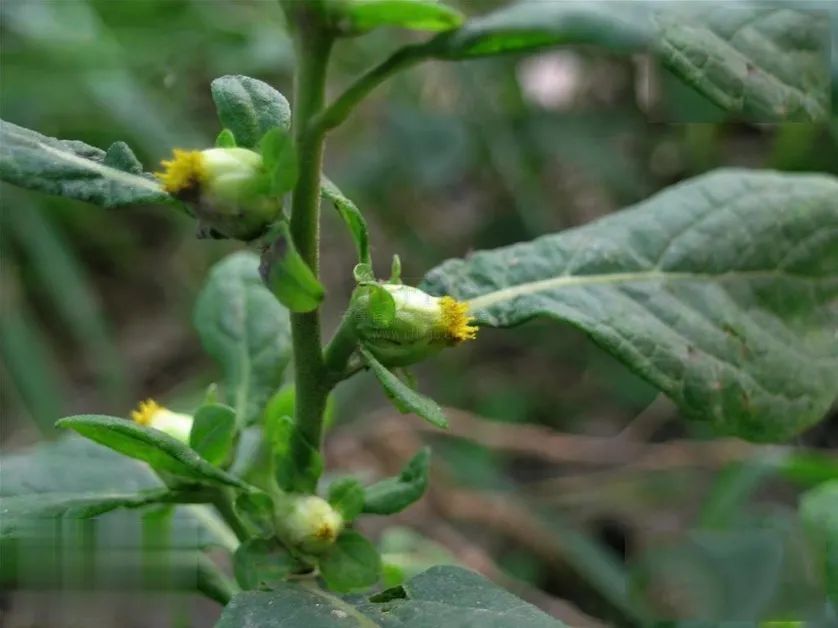
Wild Carrot (South Crane’s Hair) Original Plant(Referenced from the Chinese Natural Plant Specimen Database)Currently, the market for medicinal materials is quite chaotic. In addition to the fruit of Tianmingjing, the North Crane’s Hair also includes the fruits of related plants such as Jin Wa Er Cao (Gold Ear Grass) and Dao Gai Ju (Daisy), which are also used as “Crane’s Hair”, but are not the authentic product. The South Crane’s Hair, besides the wild carrot fruit, also includes the fruits of the same family plant, Xiang Gen Qing (locally also called wild carrot), used as “Crane’s Hair” in Jiangsu and Hunan provinces, and clinical use should pay attention to the distinction.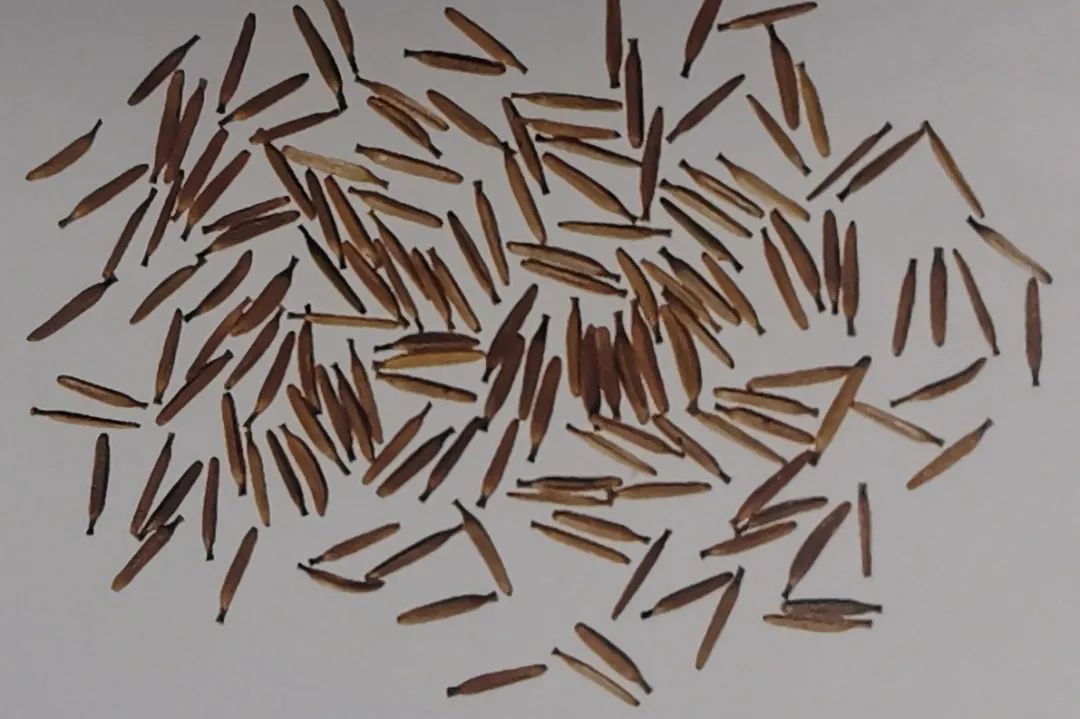
He Shi (North Crane’s Hair)
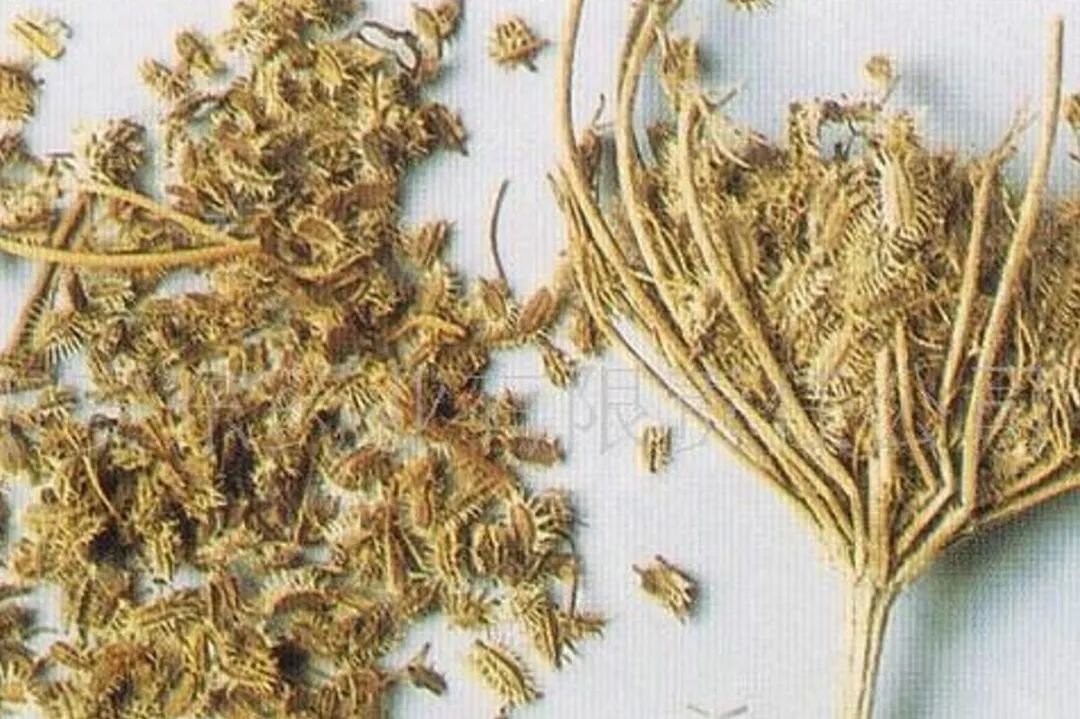
South Crane’s Hair
3
Pharmacological Effects

 Tianmingjing has a spicy taste and cold nature, with effects of expelling phlegm, clearing heat, breaking blood, stopping bleeding, detoxifying, and killing insects. The Shennong’s Classic of Materia Medica states: Tianmingjing, being spicy, can disperse masses, and being cold, can eliminate heat, thus it is used for blood stasis and bleeding. If urination is not smooth due to internal heat, clearing heat will restore urination. The spicy and cold nature can disperse dampness and eliminate heat, thus expelling small insects. To eliminate bi syndrome, it has the function of removing dampness. It can clear heat and stop thirst, expel heat and disperse masses, and nourish yin. To eliminate water, it can disperse damp heat, thus water will naturally dissipate. Its main functions include breaking blood, generating muscle, promoting urination, killing three types of worms, and eliminating various toxic swellings, carbuncles, and itching. The Kaibao Materia Medica states: it is effective for gold sores, stopping bleeding, and detoxifying from insect and snake bites, applied externally.
Tianmingjing has a spicy taste and cold nature, with effects of expelling phlegm, clearing heat, breaking blood, stopping bleeding, detoxifying, and killing insects. The Shennong’s Classic of Materia Medica states: Tianmingjing, being spicy, can disperse masses, and being cold, can eliminate heat, thus it is used for blood stasis and bleeding. If urination is not smooth due to internal heat, clearing heat will restore urination. The spicy and cold nature can disperse dampness and eliminate heat, thus expelling small insects. To eliminate bi syndrome, it has the function of removing dampness. It can clear heat and stop thirst, expel heat and disperse masses, and nourish yin. To eliminate water, it can disperse damp heat, thus water will naturally dissipate. Its main functions include breaking blood, generating muscle, promoting urination, killing three types of worms, and eliminating various toxic swellings, carbuncles, and itching. The Kaibao Materia Medica states: it is effective for gold sores, stopping bleeding, and detoxifying from insect and snake bites, applied externally.
According to modern research, plants of the Tianmingjing genus contain various chemical components, mainly including sesquiterpenes, terpenes, aromatics, glycosides, flavonoids, etc. Its fruit (He Shi) contains volatile oil about 0.25-0.65%, which includes Tianmingjing ketone, Tianmingjing lactone, and hexanoic acid. The compounds isolated from the whole herb or fruit of Tianmingjing are the most.The extracts or their effective components of Tianmingjing have pharmacological effects such as anti-tumor, antibacterial, and immune regulation.
1. Anti-tumor:In vitro cell experiments have shown that the volatile oil of the whole herb of Tianmingjing inhibits various tumor cells through mechanisms such as blocking the cell cycle, and 4-epiasarone in Tianmingjing induces autophagy in cancer cells, while sesquiterpenes in Tianmingjing inhibit the activity of human colorectal cancer cells.2. Antibacterial:The decoction of the whole herb of Tianmingjing has inhibitory effects on Staphylococcus aureus, Shigella dysenteriae, Salmonella typhi, and Escherichia coli. The root extract of Tianmingjing can inhibit the inflammatory response caused by lipopolysaccharides and inactivated Staphylococcus aureus, possibly related to the inhibition of TLR signaling pathways.3. Immune regulation:The methanol extract and ethyl acetate extract of Tianmingjing can elevate the immune organ index in mice, enhance the phagocytic function of macrophages, and significantly enhance the ability of B lymphocytes to produce antibodies, thus enhancing both non-specific and specific immune functions. The ethanol extract of Tianmingjing can enhance immune function by regulating TLR signaling pathways.4. Effects on the central nervous system:The main components are Tianmingjing lactone and Tianmingjing ketone, which are toxic components of Tianmingjing. They have significant effects on the central nervous system, causing mice to experience temporary excitation followed by inhibition. The limbs’ muscles relax, leading to an anesthetic state, and in large doses, it can cause convulsions and death.
4
Folk Remedies

 There are many folk prescriptions and verified recipes for Tianmingjing and He Shi, all of which have good clinical effects. For example:
There are many folk prescriptions and verified recipes for Tianmingjing and He Shi, all of which have good clinical effects. For example:
1
Treating throat swelling and phlegm obstruction
Fresh Tianmingjing leaves juiced and held in the mouth, gently stimulating the throat with a feather, is the best way to expel phlegm.
2
Treating throat wind
15 grams of Tianmingjing, 6 grams of copper green, 15 grams each of rhubarb and pig’s tooth soap. Grind into a fine powder, mix with white plum (salted to make white frost plum) that is fatty and moist, and make into 15 pills weighing 30 grams each. Each use, wrap in new cotton and dissolve in the mouth to expel stubborn phlegm.
3
Treating initial onset of back pain
Fresh Tianmingjing leaves, juiced to one liter, taken three times a day until recovery.
4
Treating bone fishbone
Use fresh Tianmingjing and Verbena (remove roots) each a handful, one salted white plum, and one qian of alum. Grind into pills, wrap in cotton and swallow, and the bone will soften and go down.
5
Treating jaundice hepatitis
120 grams of fresh Tianmingjing whole herb and 3 grams of ginger. Boil in water and take.
6
Treating acute nephritis
Take 60-90 grams of fresh herb, wash and mash, mix with a little brown sugar or salt, apply to the navel, cover with oil paper to prevent the medicinal vapor from escaping. Change once a day, with a treatment course of 4-7 days, and can continue for two courses if necessary. During treatment, bed rest and a low-salt diet are required. If local skin becomes red, stop applying the medicine.
7
Treating carbuncles and toxic swellings
Fresh Tianmingjing leaves and floating wine dregs in equal amounts, mashed into a paste and applied to the affected area.
8
Treating wind toxin scrofula
500 grams of fresh Tianmingjing leaves, mashed into a paste and applied to the scrofula, changing when dry, as needed.
9
Treating ulcers
Juice of fresh Tianmingjing taken orally, 30-50 milliliters, 2-3 times a day.
10
Treating chronic lower limb ulcers
Take 100 milliliters of 50% Tianmingjing decoction, warm and soak the affected area for 10-30 minutes, three times a day. Some patients may feel pain when using Tianmingjing liquid for wet compress, which can be slightly diluted.
11
Treating hemoptysis
Tianmingjing, no specific amount, ground into fine powder. Take 3-6 grams, mixed with tea made from reed flowers, taken at any time.
12
Treating ascaris and pinworms
Use He Shi ground into fine powder, take a spoonful with fatty meat soup.

Usage Precautions

Use with caution for those with spleen and stomach deficiency and cold.
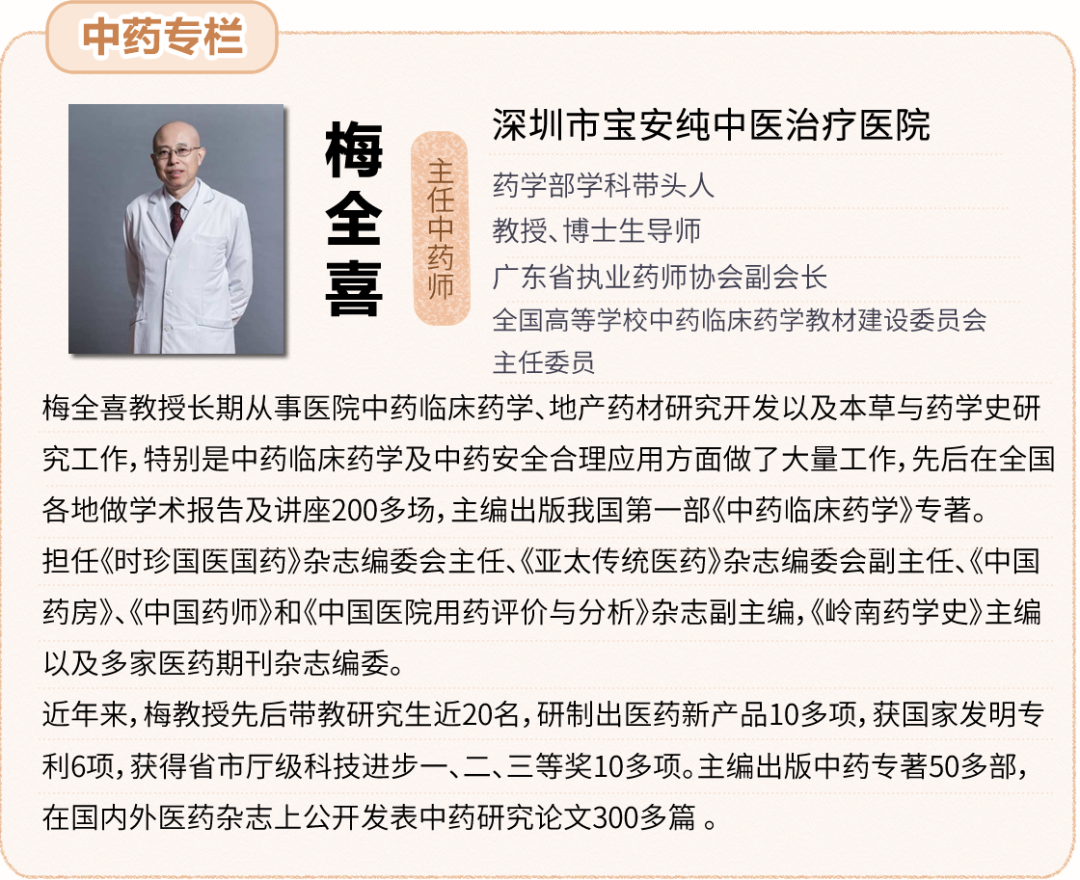
We welcome everyone to leave comments below, sharing insights gained from reading the story of traditional Chinese medicine.
Recommended Reading
-
Story 38 of the Compendium of Materia Medica: The Good Medicine for Alcohol Intoxication – Zhi Zhu Zi
-
Story 37 of the Compendium of Materia Medica: Talking about the Common Source of Medicine and Food – Yi Zhi
-
Story 36 of the Compendium of Materia Medica: Bai Zhi Effectively Treats Headaches
-
Story 35 of the Compendium of Materia Medica: Wu Wei Zi Treats Chronic Cough and Weakness
-
Story 34 of the Compendium of Materia Medica: Natural Copper Treats Fractures
-
Story 33 of the Compendium of Materia Medica: Pepper Causes Eye Diseases
-
Story 32 of the Compendium of Materia Medica: Xu Duan Treats Dysentery

